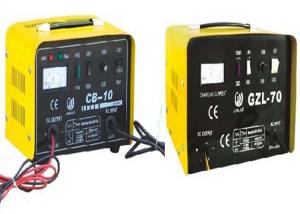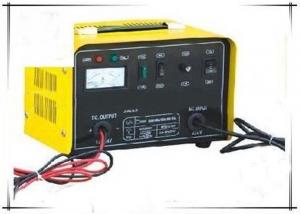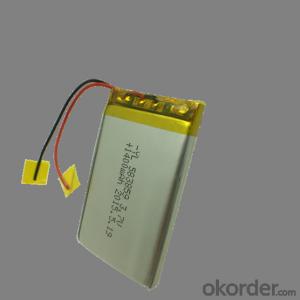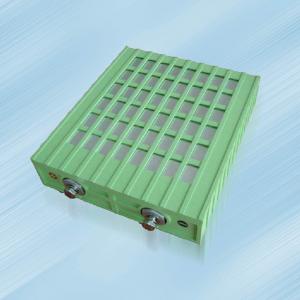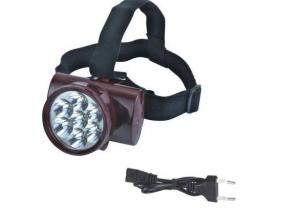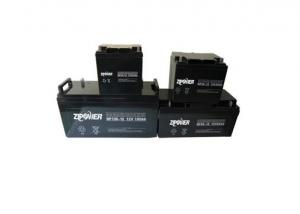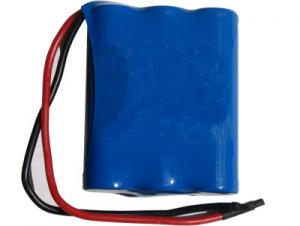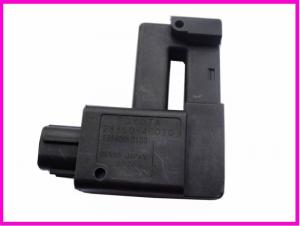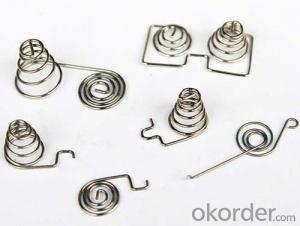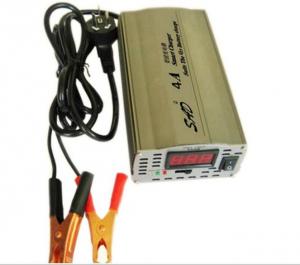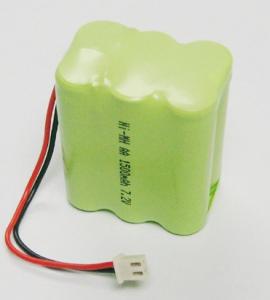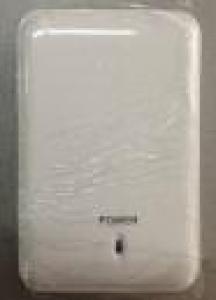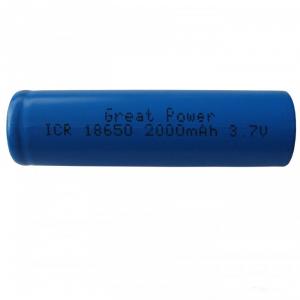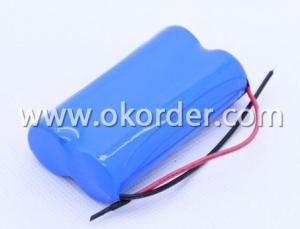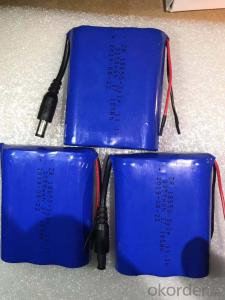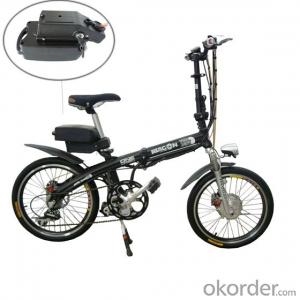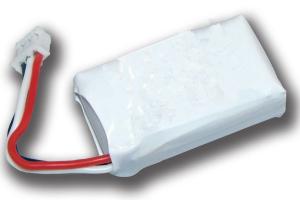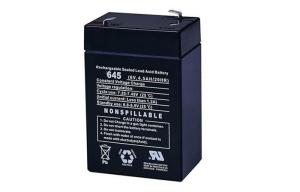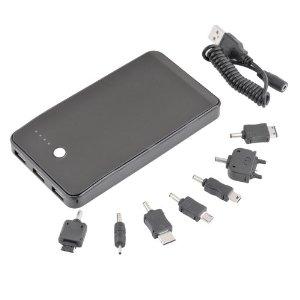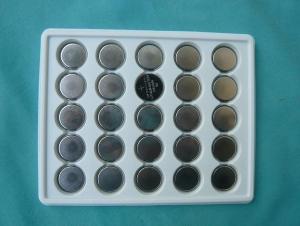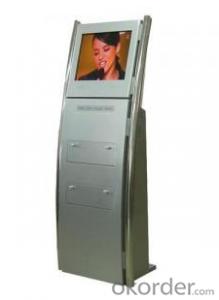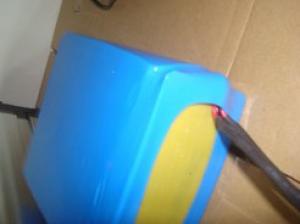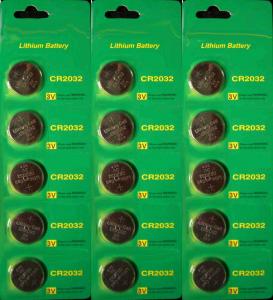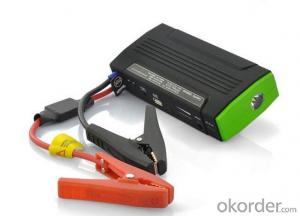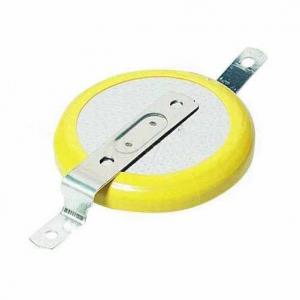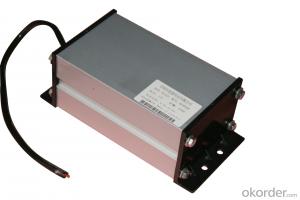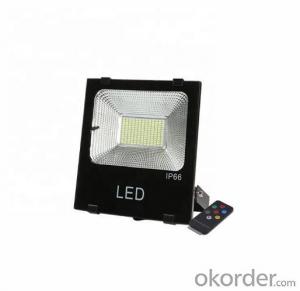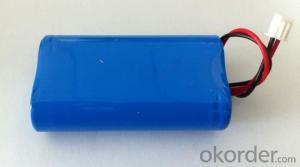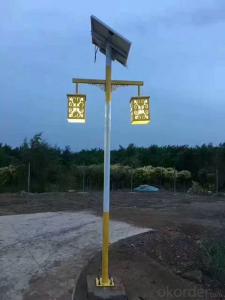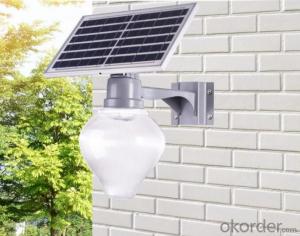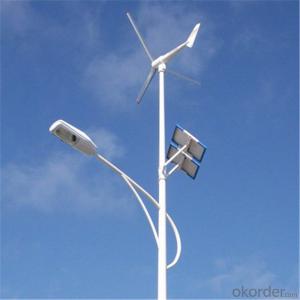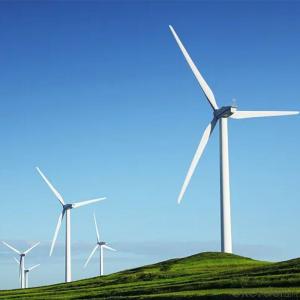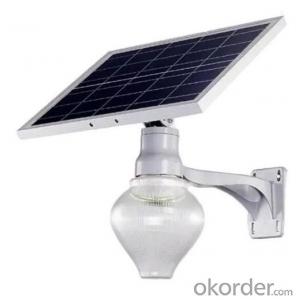Charge Lithium Battery
Charge Lithium Battery Related Searches
Lithium Battery Charger Lithium Battery Charging Lithium Ion Battery Charger Lithium Battery Chargers Lithium Battery Charger 12v Lithium Battery 12v Solar Lithium Battery Lithium Polymer Battery Lithium 12v Battery Lithium Solar Battery 12v Battery Lithium 12v Lithium Battery Lithium Air Battery Lithium Battery Pack Lithium 12 Volt Battery 12 V Lithium Battery Lithium Battery For Solar Lithium Phosphate Battery 12 Volt Lithium Battery Lithium Boat Battery Lithium Marine Battery 3 Volt Lithium Battery Lithium 3v Battery Lithium Battery 3v Marine Lithium Battery 3v Lithium Battery Online Battery Store Lithium Iron Battery 6v Lithium Battery Lithium 6v BatteryCharge Lithium Battery Supplier & Manufacturer from China
Charge Lithium Battery is a high-performance energy storage solution that has gained significant popularity in recent years. This type of battery is known for its long lifespan, high energy density, and low self-discharge rate, making it an ideal choice for a wide range of applications. From portable electronics to electric vehicles, Charge Lithium Battery offers a reliable and efficient power source that can withstand the test of time. Its compact design and lightweight nature also make it a preferred option for various industries looking to optimize their energy consumption.The versatility of Charge Lithium Battery makes it suitable for various usage scenarios, including but not limited to, consumer electronics, industrial equipment, and renewable energy systems. Its ability to provide a stable power output and withstand harsh environmental conditions has made it a popular choice for outdoor enthusiasts and professionals alike. Whether used in a remote location or as a backup power source during power outages, Charge Lithium Battery ensures that you have a dependable power supply when you need it most.
Okorder.com is a leading wholesale supplier of Charge Lithium Battery, boasting a large inventory that caters to the diverse needs of its customers. With a commitment to quality and customer satisfaction, Okorder.com ensures that each Charge Lithium Battery meets the highest industry standards. By offering competitive prices and a wide selection of products, Okorder.com has established itself as a trusted source for businesses and individuals seeking reliable and efficient energy storage solutions.
Hot Products
